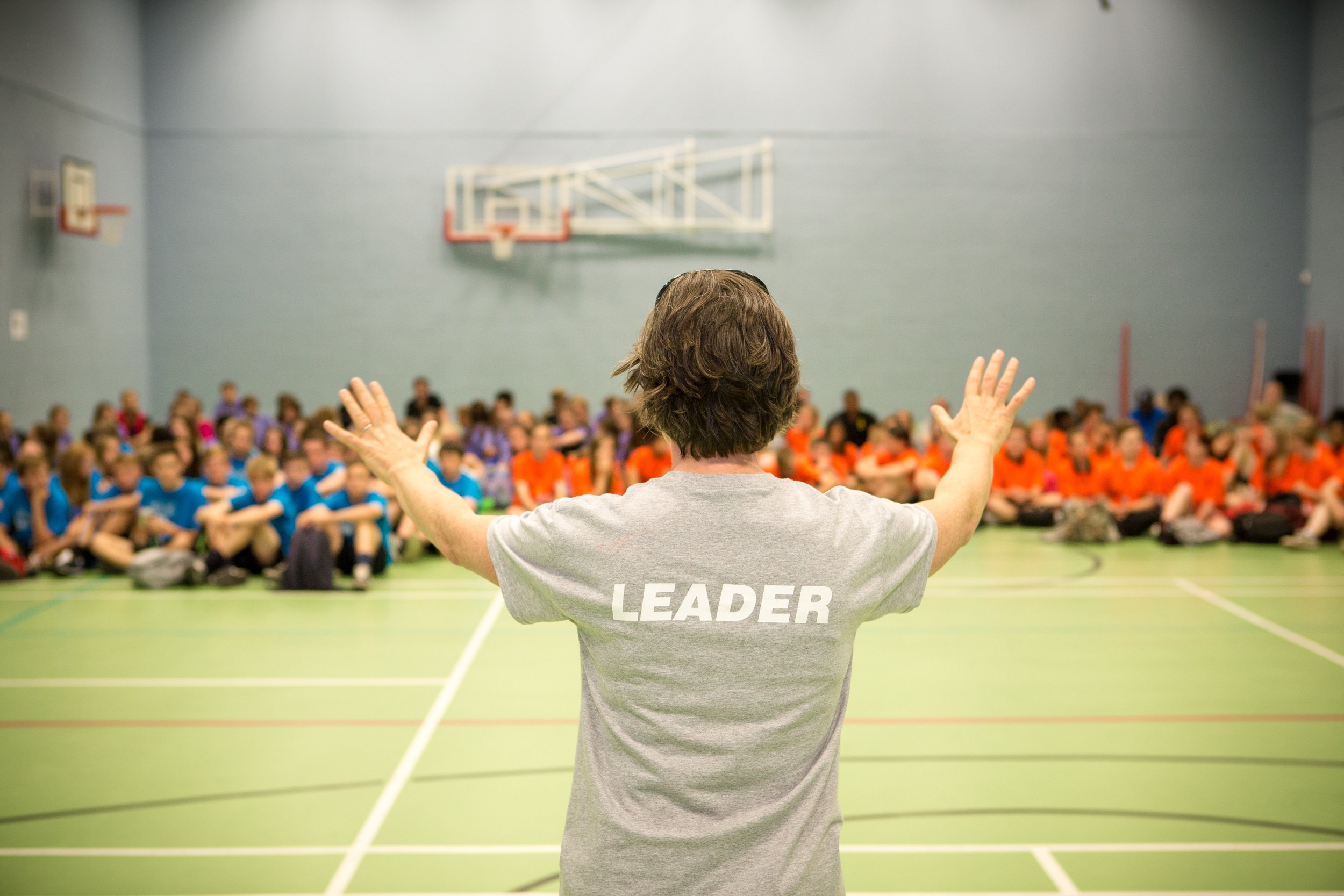
“Emily is our impresario and producer; the person responsible for our intellectual core.”
-

Design Museum: Learning More
My MBA consultancy project asked how the learning programmes offered by museums and cultural organisations could be better aligned with other institutional priorities.
Against an historical context of museum education going back almost 200 years, I asked ten prominent cultural organisations in Europe and the United States questions about status (what the organisation thinks about learning), funding (how learning contributes to the organisation’s financial sustainability) and quality (how closely a learning programme can, should or does resemble professional practice in the arts or design).
I embarked on this research as a designer, an educator and a member of the Learning Committee of London’s Design Museum. My ambition was to understand what barriers and limitations inhibit the flourishing of learning in this and other museums,
Investigating how learning can be more central to a museum’s approach to the future led me to ask: How can design museums ask as much as they tell, surprise people and making learning cool?
Director Tim Marlow called it “perceptive, engaging and thought-provoking - an important piece of research”.
-

Creative Education Trust: Knowledge Connected
Creative Education Trust was set up by Marc Jordan in 2011 to raise educational standards in state schools by means not only of rigorous improvements in teaching and learning, but also a focus on the skills and aptitudes of the creative industries. I joined Creative Education Trust as a founding member of the executive and made important contributions to many aspects of its growth and succes.
In particular I gave definition to creative education in distinctive aspects of the curriculum. I was responsible for developing and implementing an innovative design curriculum and its successor programme, Knowledge Connected, which became the flagship for our vision of creativity across a network of primary and secondary schools.
Knowledge Connected was cited as an exemplar in the 2019 Durham Commission report on creative education.
-

RSA: Design and Rehabilitation
For 250 years the Royal Society for the encouragement of Arts, Manufactures and Commerce has vigorously supported good design, encouraging invention and enterprise for the common good. In the 20th century, this support was directed at championing good professional design and excellence in undergraduate design education. While these traditions continued under the leadership of Matthew Taylor, the RSA had also begun to explore how else – above and beyond the impact of professional excellence – society can benefit from design.
As Director of Design I argued that design is essentially a kind of resourcefulness: the ability to make something functional or useful out of what's available. Designers are deliberate and practised in this resourcefulness and make a living out of it. However, the resourcefulness would be better distributed - and society enhanced - if design were released from its narrow definition as a professional activity and thought of as something that everyone has some potential to do.
Under my leadership, The RSA’s design programme aimed to help more people use design to change their world. It took the RSA naturally into education; that is, into an exploration of how more people can learn about the power of design, both in and out of formal schooling.
The Design & Rehabilitation project was a vivid example of this inclusive approach to design education. In a a year-long research project funded by the Sylvia Adams Charitable Trust, three universities took up the challenge of devising a design-training model for people both in rehabilitation for spinal cord injury and living with their injury after discharge, working closely with three of the UK’s eleven specialist units for spinal cord injury.
-

British Council: Design and Architecture
I was the first director of the British Council’s programme in design and architecture, which became an established feature of the United Kingdom’s international cultural relations effort.
My department strove to make design meaningful to diverse communities and stakeholders overseas, often in places where the need for design was greater than the evidence of commercial practice. We produced collaboration opportunities and immersive events at all kinds of scales, educational workshops and touring exhibitions. We recruited designers in Britain to inspire creativity elsewhere, and generated platforms in the UK for under-represented ‘design nations’ to open and sharpen the discourse here.
Our programming verve and critical intelligence established the British Council as a significant influence on the reputation and success of young designers; and the colleagues I recruited now occupy influential positions in the arts and creative industries.
-

Royal Academy of Music
Learning (or education) teams often model adaptability and responsiveness in cultural organisations, because they engage so directly and consistently with diverse audiences in programmes that have a swifter and lower cost development cycle than, say, exhibitions or stage performances.
Guided by this belief, I completed a report for the Royal Academy of Music in 2021 to guide them in restructuring their collection and library to support a three-year Access and Participation Plan. Elizabeth Kenny, Dean of Students, and the executive praised it as “full of ideas, industry insight and thoughts for future development.”